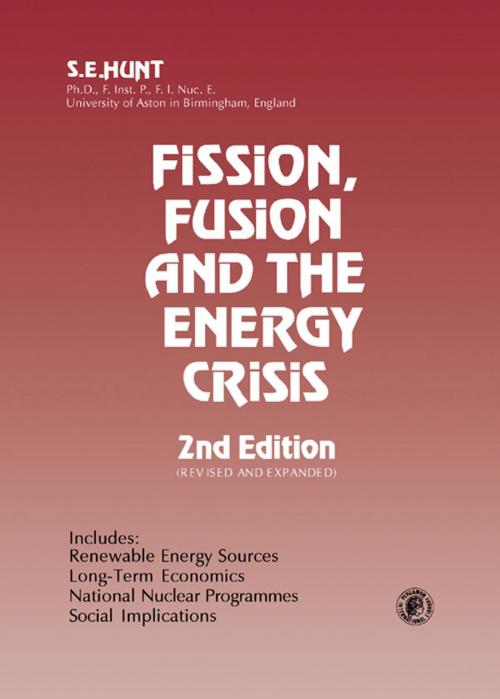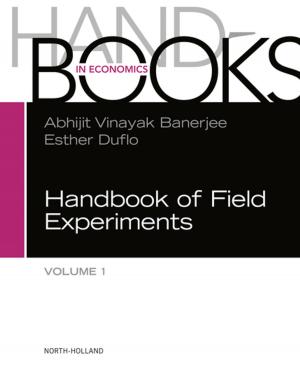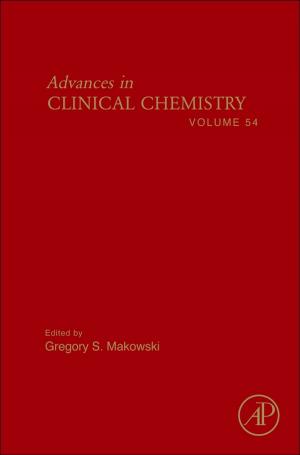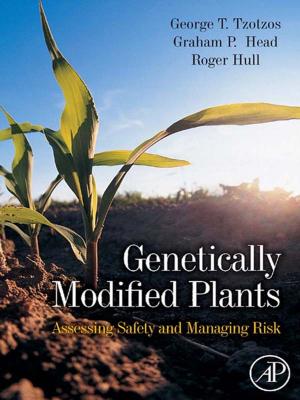Fission, Fusion and The Energy Crisis
Nonfiction, Science & Nature, Technology, Engineering, Mechanical| Author: | S. E. Hunt | ISBN: | 9781483148618 |
| Publisher: | Elsevier Science | Publication: | October 22, 2013 |
| Imprint: | Pergamon | Language: | English |
| Author: | S. E. Hunt |
| ISBN: | 9781483148618 |
| Publisher: | Elsevier Science |
| Publication: | October 22, 2013 |
| Imprint: | Pergamon |
| Language: | English |
Fission, Fusion and the Energy Crisis, Second Edition focuses on the importance of the breeder reactor to the efficient use of nuclear fuel reserves. This book examines the interrelationships of the scientific, technological, economic, and ecological aspects of nuclear power and considers the debate on the possible danger of a ""plutonium economy.""
This monograph is comprised of 12 chapters and opens with a discussion on the energy requirements and available fuel supplies on a global scale, with emphasis on capital fuel reserves and renewable energy sources. An overview of the atom and its nucleus, mass, and energy is then presented. The following chapters explore the process of nuclear fission and how it can be used to produce a hydrogen bomb; natural uranium reactors and enriched reactors; the control and safety of nuclear reactors; and the short- and long-term economics of nuclear power stations. The nuclear power programs of some countries such as Canada, Britain, and the United States are also considered. Finally, the nuclear fusion process and attempts to control it for use in the production of heat and electricity are analyzed.
This text is intended for nuclear scientists and undergraduate students.
Fission, Fusion and the Energy Crisis, Second Edition focuses on the importance of the breeder reactor to the efficient use of nuclear fuel reserves. This book examines the interrelationships of the scientific, technological, economic, and ecological aspects of nuclear power and considers the debate on the possible danger of a ""plutonium economy.""
This monograph is comprised of 12 chapters and opens with a discussion on the energy requirements and available fuel supplies on a global scale, with emphasis on capital fuel reserves and renewable energy sources. An overview of the atom and its nucleus, mass, and energy is then presented. The following chapters explore the process of nuclear fission and how it can be used to produce a hydrogen bomb; natural uranium reactors and enriched reactors; the control and safety of nuclear reactors; and the short- and long-term economics of nuclear power stations. The nuclear power programs of some countries such as Canada, Britain, and the United States are also considered. Finally, the nuclear fusion process and attempts to control it for use in the production of heat and electricity are analyzed.
This text is intended for nuclear scientists and undergraduate students.















